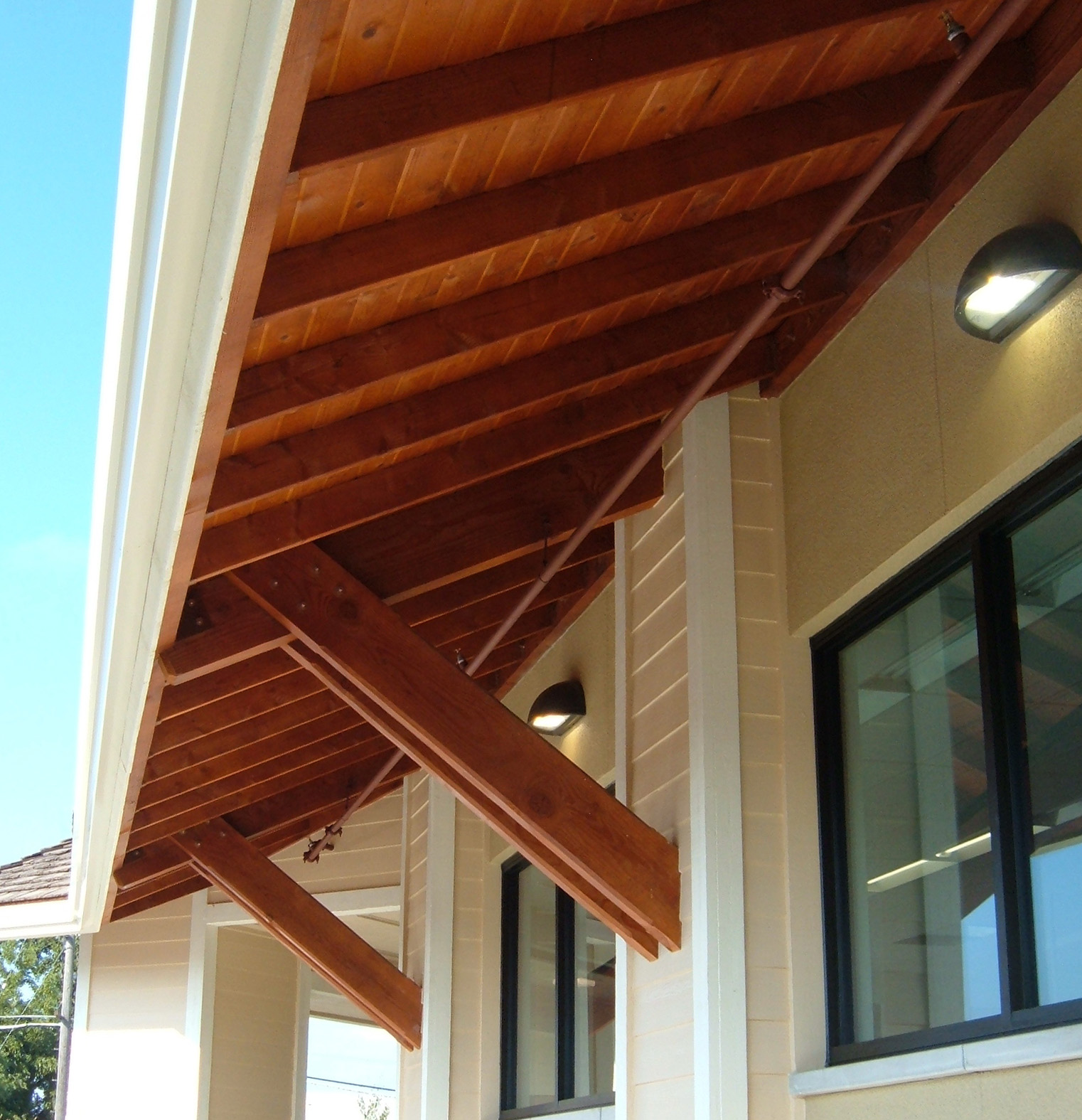Attention all design enthusiasts! Get ready to discover the secret weapon that can elevate your home’s style and comfort: soffits. These often overlooked architectural features are no longer just functional add-ons. They’ve become versatile design elements that can transform your indoor spaces into something truly special. Join us as we dive into the world of soffits, exploring how their construction, lighting, and design trends can unlock the hidden potential of your home.
Soffit Interior Design
Ever walked into a room and felt like something was missing? Maybe the ceiling felt too vast, or there wasn’t a clear distinction between different areas. This is where soffits come in – they’re like the unsung heroes of interior design, quietly adding dimension, style, and practicality without stealing the spotlight.
Think of soffits as architectural eyebrows for your rooms. They create subtle transitions, especially in open floor plans. Imagine a gentle drop in the ceiling subtly separating your kitchen from the dining area – that’s a soffit subtly guiding your eye and defining the space.
But soffits offer more than just visual appeal:
- Architectural Detail: Soffits add a touch of architectural detail to your ceilings, breaking up the monotony of a flat surface. Imagine a soffit framing a beautiful chandelier, instantly transforming it into a dramatic focal point.
- Concealment: Let’s be real – we all have things we’d rather not see, like pipes and ductwork. Soffits cleverly conceal these necessary eyesores while maintaining a clean and polished look.
- Integrated Technology: Soffits can even house integrated lighting or sound systems, seamlessly blending technology with design.
The beauty of soffits lies in their versatility. Whether you crave sleek, modern lines or prefer a more traditional feel, there’s a soffit style to match. From rectangular to curved, wood to drywall, the options are as limitless as your imagination. These days, soffit design is even embracing the beauty of nature. Imagine a curved soffit mimicking the gentle flow of a river, bringing a touch of the outdoors into your home.
So, the next time you’re looking to add that “wow” factor to your interior, don’t underestimate the power of the soffit. It’s a subtle design element that packs a punch, transforming your space in both form and function.
What are the Different Types of Interior Soffits?
Just like a good hat can complete an outfit, the right soffit can tie a room together. And just as hats come in various styles, so do soffits. Let’s explore the different types of interior soffits you can consider for your home:
1. Vented Soffits: Letting Your House Breathe
Imagine a soffit with tiny, built-in vents. That’s a vented soffit. These are essential for ventilation, especially in moisture-prone areas like bathrooms and kitchens. They allow air to circulate between the soffit and the attic, preventing mold and mildew by keeping things nice and dry.
2. Drywall Soffits: The Chameleons of the Soffit World
Drywall soffits are incredibly popular due to their versatility. They have a smooth surface that’s perfect for painting or wallpapering, letting you seamlessly match them to your existing decor. Plus, they’re relatively easy to install and can be customized to fit any shape or size you need.
3. Plywood Soffits: The Strong, Silent Type
Need something a little more heavy-duty? Plywood soffits are your go-to. They provide a sturdy base for hanging heavier light fixtures or other elements and can handle more wear and tear. You can paint or stain them to match your style, making them both practical and pleasing to the eye.
4. Decorative Panel Soffits: Making a Statement
Want to add a touch of elegance and personality? Decorative panel soffits are the answer! These eye-catching soffits come in various materials like wood veneers, metal sheets, or even fabric. You can customize them with unique patterns and textures to create a focal point that reflects your personal taste.
5. Acoustical Soffits: Shh…Can You Hear That?
If you’re big on sound quality, then acoustical soffits are your new best friend. These clever soffits are designed to absorb or reflect sound waves, minimizing echoes and creating a more balanced sound environment. They’re perfect for home theaters, music rooms, or even just a cozy living room where you want to enjoy your favorite tunes without any unwanted reverberation.
How Do I Choose the Right Soffit Design for My Home?
Choosing the right soffit design is about more than just aesthetics; it impacts your home’s functionality and health. Here’s a step-by-step guide to help you make the right decision:
1. Define Your Style:
Start by considering the overall look you’re aiming for. Do you envision a sleek and modern design or a warmer, more traditional feel? Soffits can dramatically enhance your home’s curb appeal by concealing unsightly rafters and eaves. Choose a style that complements your home’s existing architectural design, whether it’s a charming craftsman or a cool contemporary.
2. Explore Material Options:
Next, delve into the world of soffit materials, each with its own set of benefits and drawbacks:
| Material | Pros | Cons |
|---|---|---|
| Wood | Budget-friendly, classic look | Needs regular upkeep, can be prone to rot |
| Metal | Super durable, fire-resistant | Can be pricey |
| Vinyl | Low-maintenance, resists moisture | Not as durable as wood or metal |
| Fiber Cement | Fire-resistant, long-lasting, moisture-resistant** | Can be more expensive than vinyl |
3. Prioritize Ventilation:
Don’t underestimate the importance of ventilation, especially in areas prone to moisture like attics. Vented soffits allow for proper airflow, preventing moisture buildup that can lead to mold and mildew.
4. Opt for Professional Installation:
While it might be tempting to tackle soffit installation yourself, it’s a job best left to the professionals. Soffit installation involves working at heights, requiring specialized equipment and expertise. A professional contractor ensures your soffits are installed correctly and safely, preventing future issues like water damage.
What are the Best Materials for Interior Soffits?
Choosing the right material for your interior soffits is crucial for achieving the desired aesthetic and functionality. Let’s break down the pros and cons of some popular options:
1. Wood Soffits:
- Pros:
- Timeless Charm: Wood brings a warm and classic feel to any room.
- Customization: You can easily paint or stain wood to match your existing decor.
- Cons:
- High Maintenance: Wood needs regular upkeep to prevent rot and damage, especially in humid environments.
2. Vinyl Soffits:
- Pros:
- Low Maintenance: Vinyl is a champ when it comes to resisting moisture, fading, and pests.
- Budget-Friendly: Vinyl is a wallet-friendly option that doesn’t skimp on style.
- Style Variety: You’ll find a wide array of colors and designs to complement your home’s look.
- Cons:
- Can Look Less Upscale: Vinyl might not offer the same high-end appearance as wood or other materials.
3. Aluminum Soffits:
- Pros:
- Durability Superstar: Aluminum stands up to moisture and harsh weather.
- Lightweight and Easy Installation: These soffits are a breeze to handle and install.
- Paintable: Customize your look with a fresh coat of paint.
- Cons:
- Pricey: Aluminum soffits can be a more expensive option.
4. Fiber Cement Soffits:
- Pros:
- Fire Safety: Fiber cement is a top choice for fire resistance.
- Moisture Resistance: These soffits handle humidity without a problem.
- Easy on the Wallet: Fiber cement is a budget-friendly option for fire-resistant materials.
- Cons:
- Fragility: Fiber cement can be prone to damage if handled roughly.
5. Steel Soffits:
- Pros:
- Unbeatable Strength: Steel is the undisputed champion of durability, resisting rust, corrosion, and fire.
- Cons:
- Maintenance Required: Steel needs regular care to prevent rust, especially in damp environments.
- High Cost: Be prepared to pay a premium for the strength and longevity of steel.
6. UPVC Soffits (Unplasticized Polyvinyl Chloride):
- Pros:
- Lightweight and Weatherproof: UPVC soffits are easy to install and can handle the elements with grace.
- Low Maintenance: Like vinyl, UPVC is a breeze to care for.
- Cons:
- Limited Availability: You might have a harder time finding UPVC soffits compared to other options.
- Higher Price Tag: UPVC tends to be a more expensive choice.
Choosing the Best Soffit Material for Your Needs:
The ideal soffit material boils down to your individual needs, budget, and style preferences. Consider these factors when making your decision:
- Location: Is the soffit indoors or outdoors? Will it be exposed to moisture, sunlight, or extreme temperatures?
- Budget: Set a realistic budget and explore options within your price range.
- Style: Choose a material and finish that complements your home’s aesthetic.
- Maintenance: Determine how much time and effort you’re willing to invest in upkeep.
For more inspiration and information on soffit installation, check out this helpful resource:
Choosing Soffit Materials and Styles
Exploring Other Design Styles:
Ready to explore more creative interior design ideas? Dive into these captivating styles:
- Small Boat Interior Design: Explore creative interior design ideas for your personal watercraft or inspire your creativity for your larger vessels with our catalog of small boat interior design ideas.
- Tulum Interior Design: Enchant your space with designs that mirror the laid-back, free-spirited vibes of Tulum with our guide to Tulum interior design.
- Whimsical Interior Design: Bring creativity and joy into your home with our guide to whimsical interior design.
- Grass Forever in Livermore: Your Guide to Artificial Turf - April 22, 2025
- German Roaches vs. American Roaches: Key Differences and Control - April 22, 2025
- 150+ Flowers That Start With S: A Comprehensive Guide - April 22, 2025










